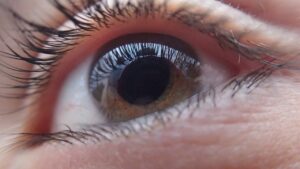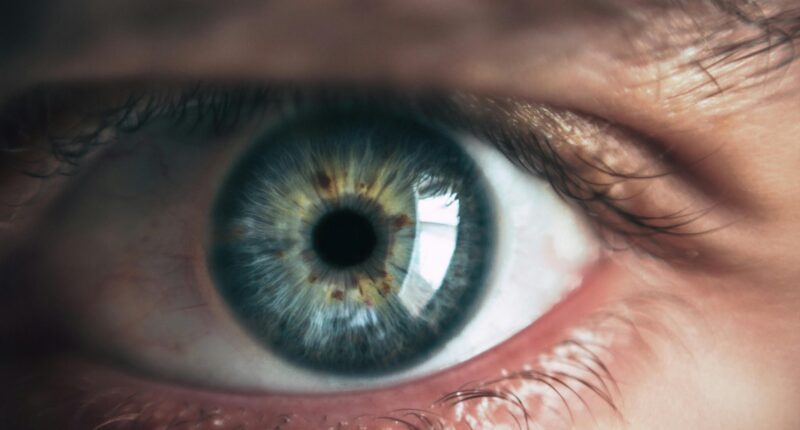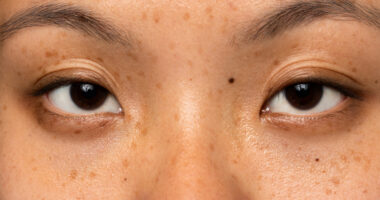Glaucoma is a progressive eye condition that affects millions of people worldwide, often referred to as the “silent thief of sight” due to its gradual onset and lack of noticeable symptoms in the early stages. In this article, we’ll explore what glaucoma is, its types, causes, risk factors, symptoms, diagnosis, treatment options, and the importance of regular eye screenings for early detection and management.

What is Glaucoma?
Glaucoma is a group of eye diseases that damage the optic nerve, responsible for transmitting visual information to the brain. This damage is often associated with elevated intraocular pressure (IOP), but glaucoma can also occur with normal or low IOP, known as normal-tension or low-tension glaucoma.
Types of Glaucoma:
1. Open-Angle Glaucoma: This is the most common type of glaucoma, characterized by a gradual increase in IOP due to poor drainage of aqueous humour from the eye’s drainage angle. It progresses slowly and may not cause noticeable symptoms until significant vision loss occurs.
2. Angle-Closure Glaucoma: In this type, the drainage angle of the eye becomes blocked or narrowed, leading to a sudden increase in IOP. Angle-closure glaucoma is a serious condition that can lead to sudden vision loss. It requires urgent medical attention to prevent any further damage.
3. Normal-Tension Glaucoma: Despite having normal IOP, individuals with this type of glaucoma experience optic nerve damage and vision loss. The precise mechanisms causing normal-tension glaucoma are not yet completely understood.
Causes and Risk Factors:
The primary cause of glaucoma is an imbalance between the production and drainage of aqueous humour, the fluid that maintains eye pressure. Several factors contribute to this imbalance, including:
– Age: Glaucoma risk increases with age, particularly after the age of 60.
– Genetics: A family history of glaucoma increases the likelihood of developing the condition.
– Ethnicity: Individuals of African, Hispanic, or Asian descent are at a higher risk of developing certain types of glaucoma.
– Eye Health: Conditions such as high myopia (nearsightedness), eye trauma, inflammation, and thinning of the optic nerve can contribute to glaucoma development.

Symptoms and Diagnosis:
In the early stages, glaucoma typically doesn’t cause noticeable symptoms, making regular eye exams critical for early detection. As the condition worsens, individuals may experience more severe symptoms, such as:
– Gradual loss of peripheral vision (like looking through a tunnel)
– Blurred vision
– Halos around lights
– Severe eye pain
– Nausea or vomiting (in acute angle-closure glaucoma)
Diagnosing glaucoma involves a comprehensive eye examination, including tests to measure IOP, assess optic nerve damage, evaluate visual field defects, and examine the drainage angle of the eye. Regular eye screenings, especially for individuals at higher risk, can help detect glaucoma early when treatment is most effective.
Treatment Options:
While glaucoma cannot be cured, treatment aims to slow or halt disease progression and preserve remaining vision. Treatment options may include:
– Eye Drops: Medicated eye drops help reduce IOP by increasing drainage or decreasing fluid production.
– Oral Medications: In some cases, oral medications may be prescribed to lower IOP.
– Laser Therapy: Procedures like laser trabeculoplasty or iridotomy can improve drainage and reduce IOP.
– Surgery: Surgical interventions such as trabeculectomy or implantation of drainage devices may be recommended for advanced or uncontrolled glaucoma.

Importance of Regular Eye Screenings:
Early detection is crucial in managing glaucoma and preventing irreversible vision loss. Routine eye exams, including IOP measurements, optic nerve evaluation, and visual field testing, allow eye care professionals to identify glaucoma at its earliest stages. Individuals with risk factors for glaucoma, such as age, family history, or certain medical conditions, should undergo regular eye screenings as recommended by their eye care provider.
Early detection and treatment of glaucoma are crucial to prevent irreversible vision loss. Don’t take any chances with your precious eyesight – make sure to schedule regular eye exams with your ophthalmologist. Understanding the types, causes, risk factors, symptoms, diagnosis, and treatment options for glaucoma is essential for maintaining healthy vision. By prioritizing regular eye screenings, adopting a proactive approach to eye health, and seeking timely medical intervention, individuals can effectively manage glaucoma and preserve their sight for years to come.









